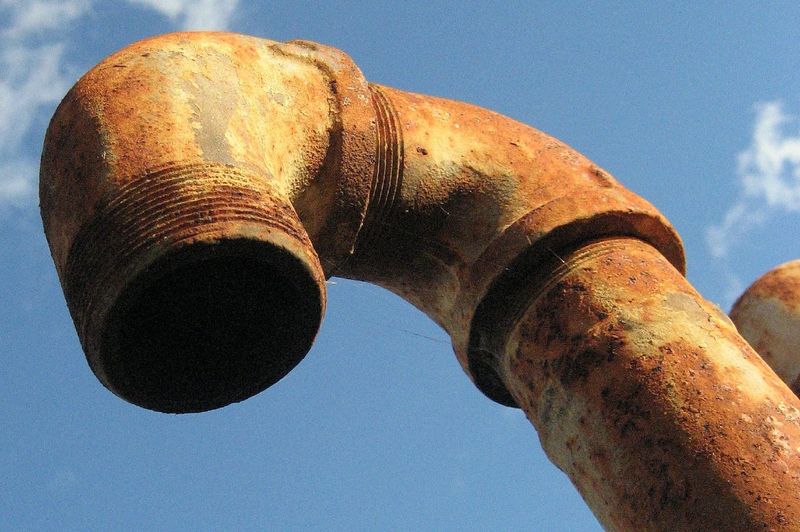Nothing brings your daily routine to a grinding halt as swiftly as a sudden plumbing problem. Clogged drains, leaking toilets, and dripping faucets are the most common plumbing issues homeowners run up against.
As plumbing fittings are expensive, it’s a good idea to take care of your pipes and fittings before they become unusable.
Read-on for some common plumbing problems and solutions to make sure your chances of being elbow-deep in water are at a minimum.
1. Slow Draining Water
The sight of water accumulating in the drain is a sign of a very common plumbing problem – clogged drains.
Prevention: Kitchen grease, leftovers or even hair find their way to the drain and clog the pipes. This could be in your shower drain, bathroom sinks and even kitchen sinks and tubs. To keep this issue at bay, just get some inexpensive drain screens to collect anything going down and simply toss it out with the garbage.
2. Leaks
At Quikr, we promise to give you quality plumbing services at reasonable prices. You can choose from a wide range of dependable plumbers who’ll assess the problem at hand and provide you with an affordable quote.
The slow drip of a leaky faucet is not just a source of annoyance; it is also a huge waste of water. Besides taps, leaks could develop in faucets and even your flush tank.
Prevention: A leaky tap is often caused by a faulty washer or by insufficient threading. One of the best ways to make sure your tap doesn’t leak is to practice closing it gently, but firmly rather than turning it too tight. Checking your flush tank for leaks periodically is sure to help you nip any potential plumbing issues with your toilet.
Sometimes one of the most common solutions is to replace the flapper that closes the bottom of the tank. You can get these from any plumbing supply stores online.
3. Low Water Pressure
Faucets and shower heads are made to provide a steady gush of water. However, over time and without proper maintenance, this can turn into a frustratingly slow trickle.
Prevention: If there is no leakage and there is sufficient water supply, then there is a possibility that your taps and shower heads need cleaning. Sediment build-up clogs the pores. To prevent this, periodically remove the shower head, soak it in household vinegar to scrub it clean (use natural material over chemicals as far as possible), or you could even use an old toothbrush and scrub the pores vigorously.
This is also a common issue in water heaters where sediment builds up in the form of a white coating around the coil and prevents it from being effective. It’s a good idea to get a maintenance check at regular intervals.
4. Rusting
A rusty pipe can be a dangerous affair; most pipes are made from aluminium or plastic so that this problem is avoided, but many older constructions may need pipes replaced. Although the body of these pipes are not in danger of rusting, the joints are.
Prevention: Perform a simple maintenance ritual of spraying these stopcocks with lubricating oil every year. This will stop them from rusting and jamming up so they can easily be shut-off in an emergency.
Important: Equip yourself with some basic tools like a good adjustable wrench, pliers, a few screwdrivers, some insulation tape and plumbing tape. This way you can tackle small problems yourself and prevent them from becoming a nightmare. In addition to these measures, it is important to know where your main valves, pipes and connections are – so that if something serious happens, you can zero in on the problem easily and explain it to the plumber.




